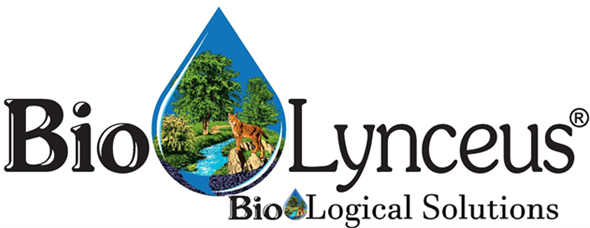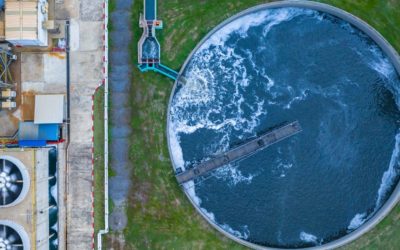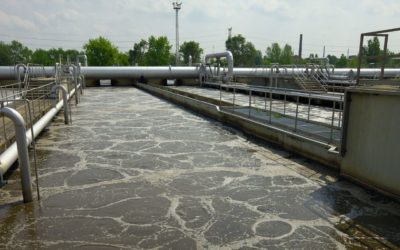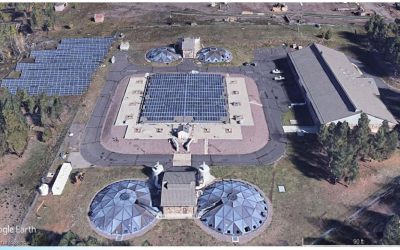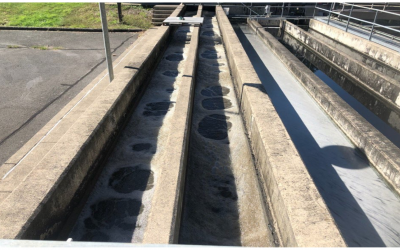External Carbon Source for Food to Microbe (F:M)
Optimum F:M varies greatly among different types of treatment facilities. F:M will decrease below desired values when the carbonaceous food supply is low. Augmenting wastewater influent with an external organic carbon source can help bring F:M back to the optimal range.
BioLynceus® Candy Carbon® is a high strength organic carbon product that is utilized in wastewater systems to maintain desired F:M.
F:M Stability in a National Park Wastewater Network
The F:M in the wastewater treatment network at a National Park in Wyoming was optimal from July – October. There was consistent organic carbon loading during this time from tourist activities. However, when the park closed for the winter, the biomass declined due to reduced influent flows. This caused treatment issues in the beginning of the next tourist season in May and June because biomass declined during the slow recreation months November-April.
F:M Stability in a Sequencing Batch Reactor
In many resort towns, the influent loads to the wastewater treatment system are highly variable throughout the year. During the tourist seasons there is an abundance of wastewater to sustain the biomass at treatment facilities, but when the transient population leaves, there is a drastic reduction in organic substrate. The organic carbon supplied to the system, the carbonaceous biological oxygen demand (CBOD), serves as a food source for organotrophic organisms in activated sludge systems.
F:M Stabilization at a Mechanical Wastewater Treatment Plant
Wastewater treatment plants receiving inconsistent influent loads are often challenged with maintaining an effective biological treatment. Many of the key microorganisms in wastewater processes are dependent on organic substrate to grow and divide. When influent flows are limited, the biodegradable carbon source for the treatment system may be too low to sustain biomass.
F:M Treatment with Candy Carbon® at an Activated Sludge Plant
Many wastewater systems experiencing high infiltration and inflow (I&I) have issues with hydraulic overloading which impacts biomass stability. I&I can impair the capacity of the wastewater collection system and wastewater treatment infrastructure.
F:M Treatment in an Activated Sludge Plant
Wastewater systems located in regions with high annual precipitation, such as the Pacific Northwest, are prone to experiencing biological washouts due to high infiltration and inflow (I&I) from collection systems. I&I can critically disrupt the biological treatment at a plant.
